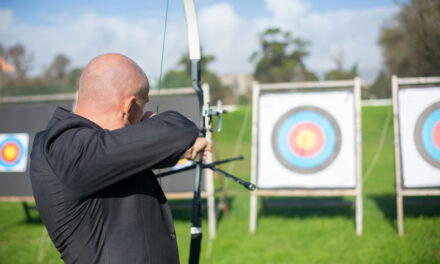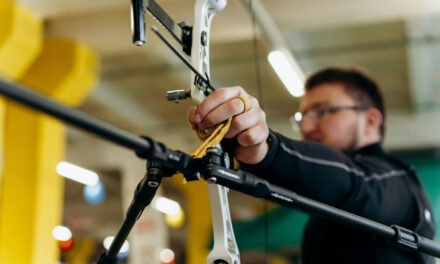Fine-tuning your bow is essential for optimizing performance and achieving consistent accuracy in archery. Whether you’re a beginner or seasoned archer, understanding the intricacies of bow tuning and making precise adjustments can greatly enhance your shooting experience. In this guide, we’ll provide expert advice and tips for fine-tuning your bow to ensure optimal performance on the range or in competition.
Understanding Bow Tuning Basics
Bow tuning involves adjusting various components of your bow setup to achieve optimal arrow flight and accuracy. Key aspects of bow tuning include adjusting draw weight, brace height, arrow rest position, cam timing, and arrow spine to achieve proper arrow flight and minimize inconsistencies. Understanding these basics is essential for effectively fine-tuning your bow for optimal performance.
Assessing Arrow Flight and Consistency
Before making any adjustments to your bow setup, it’s crucial to assess arrow flight and consistency to identify areas for improvement. Pay attention to arrow grouping, arrow flight trajectory, and any signs of fishtailing or porpoising, which may indicate issues with bow tuning. Use this feedback to guide your tuning process and make targeted adjustments to address specific areas of concern.
Optimizing Draw Weight and Brace Height
Adjusting draw weight and brace height can significantly impact bow performance and arrow flight. Experiment with different draw weights to find the optimal balance between power and control, ensuring that you can draw the bow smoothly and comfortably without sacrificing accuracy. Similarly, fine-tune brace height to achieve the desired arrow clearance and minimize string slap, optimizing arrow flight and consistency.
Fine-Tuning Arrow Rest and Nocking Point
The position of your arrow rest and nocking point plays a crucial role in arrow flight and consistency. Ensure that your arrow rest is properly aligned with the center of the bow riser and adjusted to provide adequate clearance for the arrow fletchings. Similarly, adjust the height and position of the nocking point to achieve a level arrow rest and consistent arrow nocking position, minimizing horizontal and vertical inconsistencies.
Checking Cam Timing and Limb Alignment
Cam timing and limb alignment are critical factors that can affect bow performance and arrow flight. Check the timing of your cams to ensure that they rotate synchronously and reach full draw simultaneously, minimizing cam lean and string torque. Additionally, inspect limb alignment to ensure that the limbs are straight and parallel, promoting even distribution of force and consistent arrow flight.
Fine-Tuning Arrow Spine and Weight
Arrow spine and weight are important considerations for optimizing arrow flight and accuracy. Select arrows with the appropriate spine stiffness and weight for your bow setup and shooting style, ensuring that they flex uniformly upon release and fly straight to the target. Experiment with different arrow configurations to find the optimal combination that delivers consistent performance and tight arrow grouping.
Conclusion
Fine-tuning your bow is a continuous process that requires patience, experimentation, and attention to detail. By understanding bow tuning basics, assessing arrow flight and consistency, optimizing draw weight and brace height, fine-tuning arrow rest and nocking point, checking cam timing and limb alignment, and adjusting arrow spine and weight, archers can achieve optimal performance and consistency in their shooting. With expert advice and diligent tuning efforts, your bow can become a precision instrument capable of delivering accurate and satisfying shots with every release.





